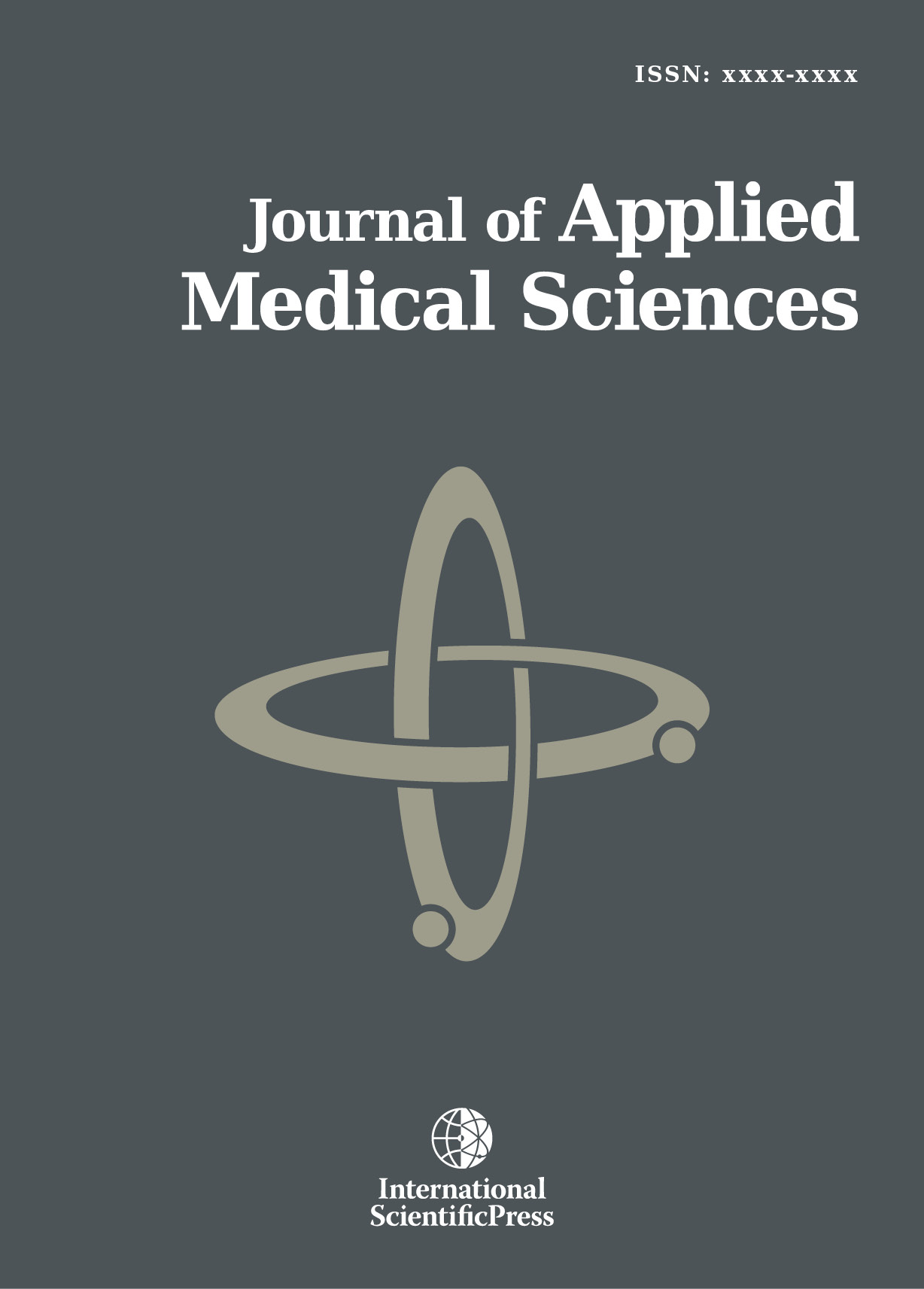Journal of Applied Medical Sciences
Academic Exposure to Benefits of Physical Fitness Does Not Give Medical Students an Edge over Students from Non-Health-Related Disciplines
-
 [ Download ]
[ Download ]
- Times downloaded: 10268
-
Abstract
Undergraduate study imposes rigorous study regimes, which may compromise engagement in physical activities among students. This study compares physical fitness parameters between students from medical and non-health-related programs. The VO2max, heart rate (HR), and blood pressure (BP) were assessed in 80 men aged 18–25 years who performed the shuttle run test (SRT). HR and BP were measured before and after the SRT; HR was also measured during the test. A t-test was performed to compare the mean VO2max and baseline and recovery period measurements between groups and by the year of study (first or fourth). Fourth-year medical students had a higher baseline HR than those from other disciplines (p = 0.02). First-year medical students had a higher VO2max than their fourth-year counterparts (p = 0.02). Medical students had a higher HR after the sixth (p = 0.02) and seventh (p = 0.03) minutes of the SRT. Further, the medical students had a higher diastolic BP in the first (p = 0.03) and second (p = 0.02) minutes after exhaustion. Medical students have poorer fitness levels than students from non-health-related disciplines. This is possibly because the intense academic rigor prevents them from engaging in regular exercise.
